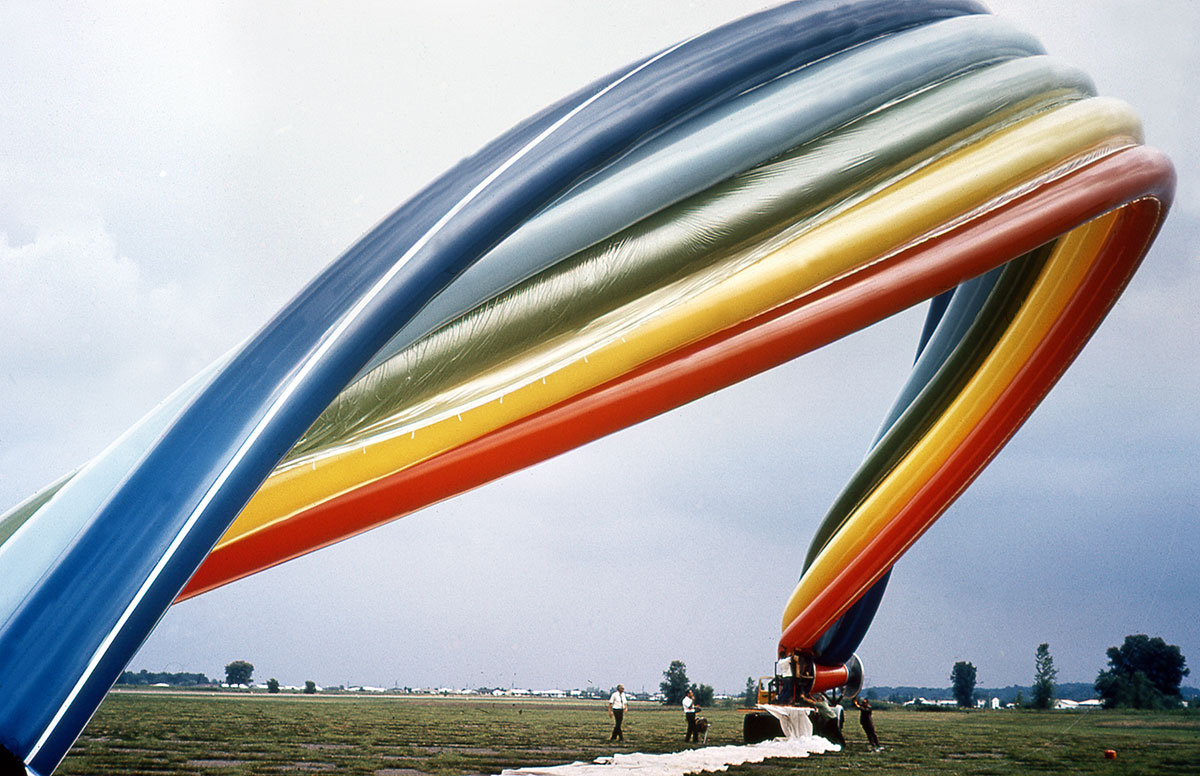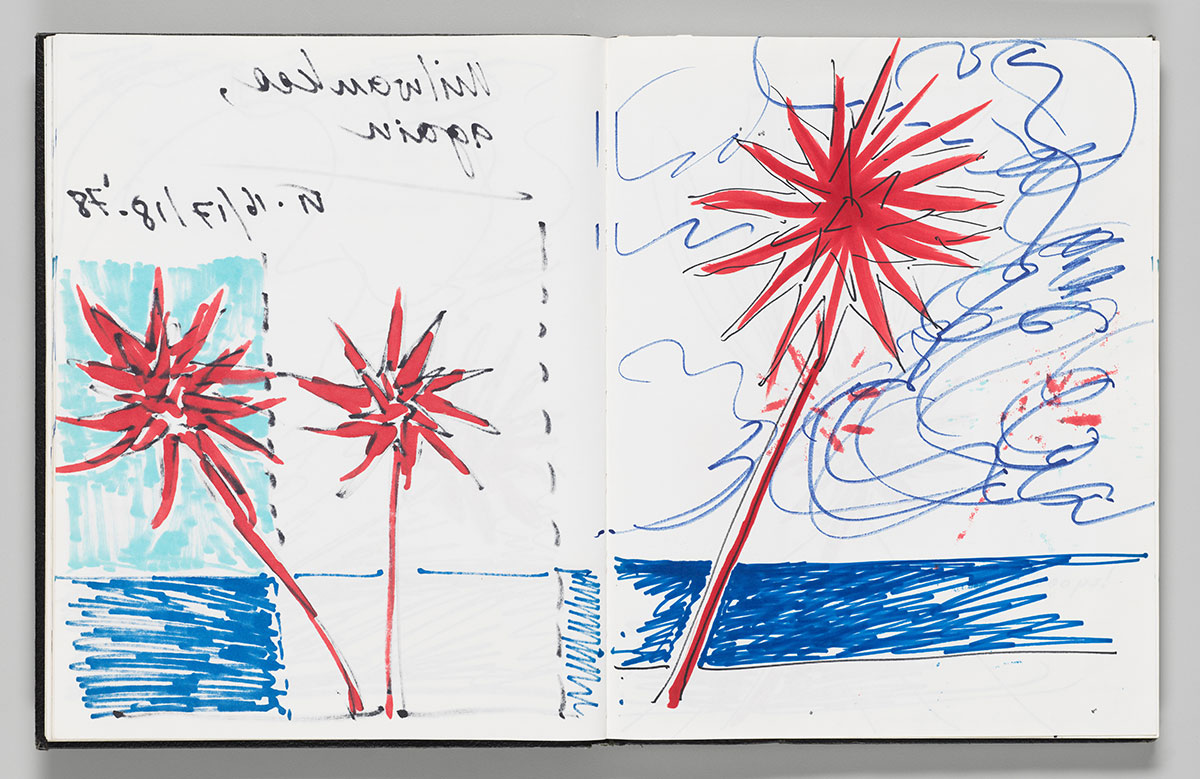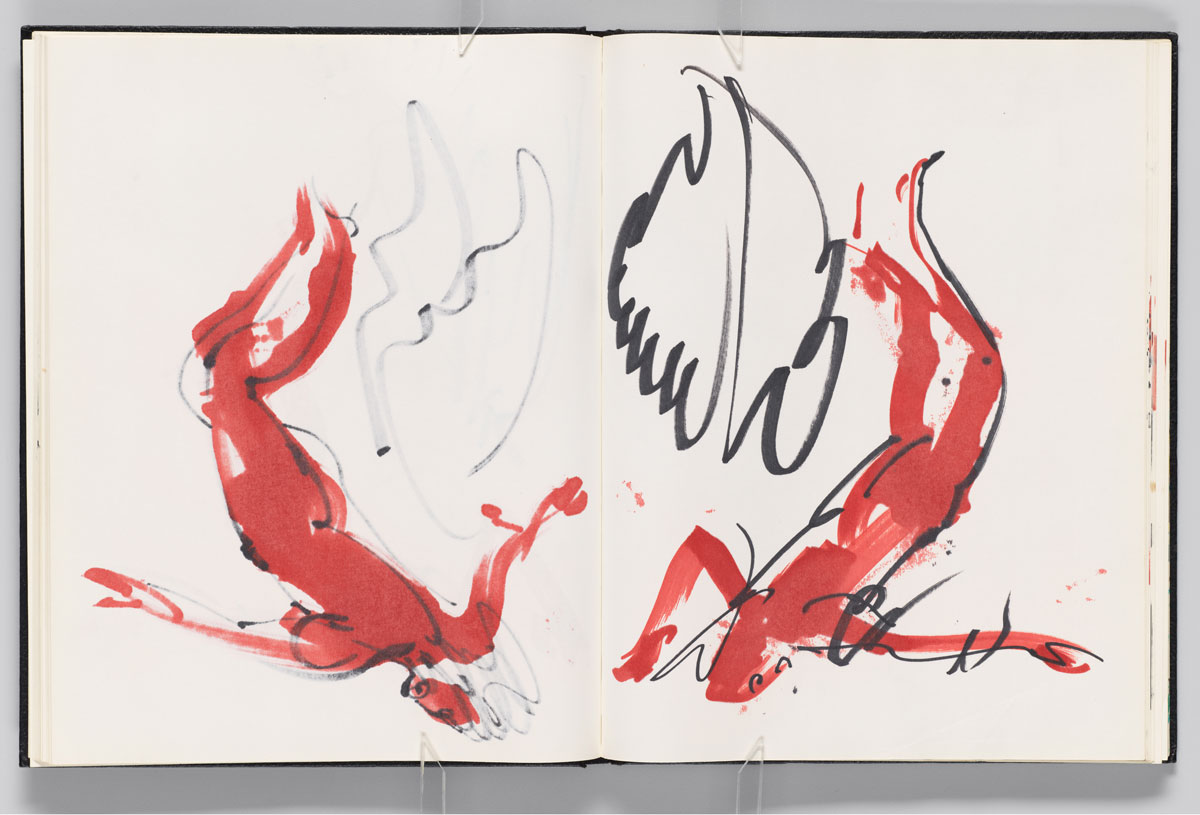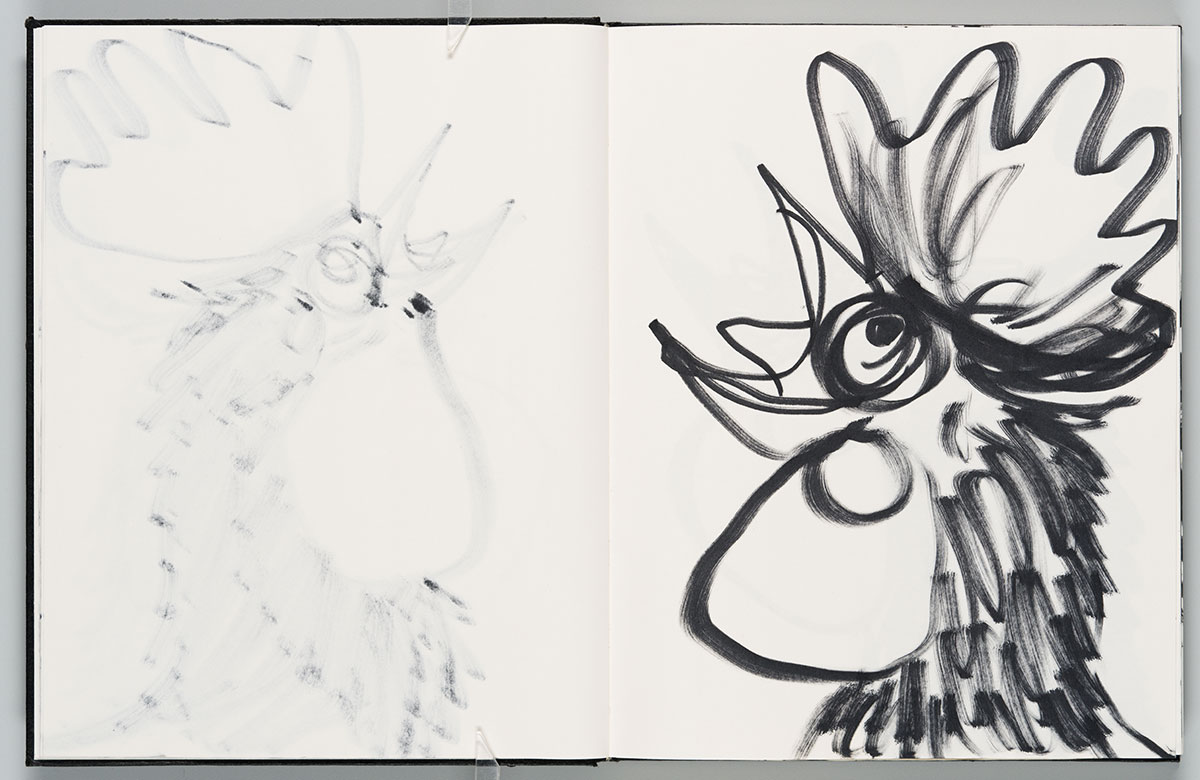TRIBUTE: Otto Piene-Paths to Paradise
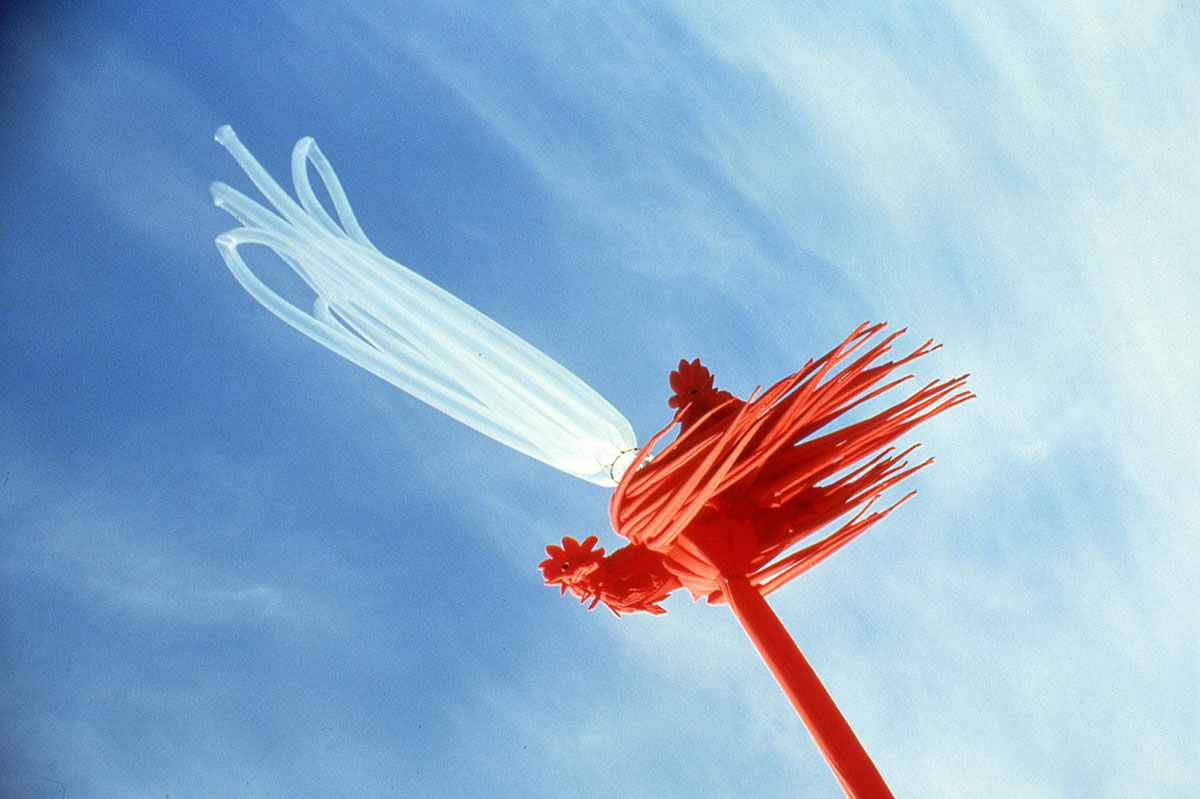 Otto Piene counts among the pioneers of 20th century art. As co-founder of the international ZERO movement, he had a fundamental impact on how classical art forms such as painting and sculpture are perceived. His early smoke, grid and fire paintings, light ballets and light rooms enabled him to incorporate time, light, space and movement into the production of art. His interdisciplinary projects in Germany and the US and most especially his move to the United States at the end of the 1960s opened new horizons in his experimental practice.
Otto Piene counts among the pioneers of 20th century art. As co-founder of the international ZERO movement, he had a fundamental impact on how classical art forms such as painting and sculpture are perceived. His early smoke, grid and fire paintings, light ballets and light rooms enabled him to incorporate time, light, space and movement into the production of art. His interdisciplinary projects in Germany and the US and most especially his move to the United States at the end of the 1960s opened new horizons in his experimental practice.
By Efi Michalarou
Photo: Museum Tinguely Archive
Otto Piene aimed high with his art: not only did he literally expand his artistic scope into the heavens with floating works of Sky Art and media projections, he also viewed his works as contributions to a more harmonious and sustainable world. The exhibition “Otto Fiene: Paths to Paradise” is structured thematically to trace the artist’s visions through his most important projects and series. Structured around recurring motifs and themes, the show reappraises Piene’s art by linking two periods in his oeuvre that have often been viewed as distinct: first Zero in Dusseldorf (1957-1966) and then his time at MIT’s Center for Advanced Visual Studies (CAVS). This approach also reveals how Piene’s oeuvre developed from abstract art, striving for purity as part of the new start after World War II, into an art that used technology and media to address a broad public. Works from different periods and in different media are in dialog with each other and, in particular, with his constant practice of drawing. Alongside his “Raster” Paintings, “Smoke Drawings”, “Fire Drawings”, and light sculptures, the exhibition includes more than twenty sketchbooks, allowing for new readings of the artist’s oeuvre. In 1961, Piene published his manifesto-like text «Paths to Paradise» in the publication ZERO 3. It begins with the words: «Yes, I dream of a better world. Should I dream of a worse?» This reflects his life-affirming, constructive approach and his unreserved belief in the potential of art to improve society. In addition to Piene’s well-known, major works, the exhibition features rarely seen works and unpublished documents. It is also the first museum-scale show to focus attention on his constant practice of sketching and drawing in connection with his paintings, sculptures, installations, performances, and media art. The exhibition underscores the importance of drawing and designing in Piene’s oeuvre, both in the narrow sense, on paper, and in a broader sense, going beyond the usual boundaries of media-as when he used smoke and light, or even plastic inflatables, to draw shapes in the sky. Piene did sketch in a traditional manner, for instance in the sketchbooks he invariably had on hand, but he also experimented with technologies that were entirely new at the time, such as television broadcasts, slide projections, and even lasers. The notion of «design» here also stands for the potential Piene attributed to his art: to foster the development of society, to overcome the divide between art and technology, to counter ecological calamities, and above all to help create a more peaceful, united world. With his Sky Art, Piene also devised concrete political and symbolic projects like “Olympic Rainbow” (1972) and “Black Stacks Helium Sculpture” (1976), which both exemplify his community-based art deliberately aimed at a mass audience and positioned against an elitist isolation of the art world. The exhibition thus develops along two distinct but tightly interwoven strands, one media-oriented and the other content-oriented. The thematically structured exhibition offers visitors a cross-section of Piene’s work from the second half of the twentieth century into the twenty-first. Displays combining sculptures, paintings, drawings, and archival material (photographs, videos, and other documentation) present the artist’s key themes across different media and creative periods. In the spirit of Piene’s great interest in technology and new media, the exhibition offers an opportunity to experience his sketchbooks in digitized form. The presentation highlights the kinetic, animated quality of Piene’s sketchbooks that emerges when they are leafed through, doing justice in particular to his experiments with repetition and the effect of marker pigment bleeding through the paper. The exhibition also includes several rooms in which light projections or installations with inflatables invite visitors to experience Piene’s art physically, in three dimensions. The show’s sections unfold in a sequence of eleven spaces that vary in density and atmosphere, ranging from intriguing black boxes to airy, light-filled halls, as presentations in white cube spaces alternate with immersive optical, kinetic, and sculptural installations. There is a particular focus on works from the late 1960s and early ’70s, made during Piene’s transition from Zero to Sky Art, when he was splitting his time between the United States and West Germany. These works include “The Proliferation of the Sun” (1967) and “Fleurs du Mal” (1969), as well as intermedia works such as “Black Gate Cologne” (1968), “The Medium Is the Medium” (1969), and “Lichtspur im Haus der Sonne” (1974). Underappreciated works and materials recently discovered in archives are on view alongside works that have rarely been exhibited. The exhibition also breathes fresh life into a number of works that have not been seen since they were first made such as “Anemones: An Air Aquarium” (Creative Time, New York, 1976/2023) and “Windsock Sculptures” (MIT, 1969-1970).
Otto Ludwig Wilhelm Hermann Leonhard Piene was born on April 18, 1928, in Laasphe (Westphalia). In 1944, as a fifteen-year-old high school student, he was drafted into an antiaircraft unit as a child soldier. Beginning in 1949, he studied fine art in Munich and then in 1950 at the Art Academy in Dusseldorf. In 1953 he also began studying philosophy and aesthetics at the University of Cologne. Piene first came to prominence in 1958 together with Heinz Mack as cofounder of Zero in Dusseldorf (Gunther Uecker joined the core group in 1961). In contrast to the darkness of the war and in opposition to the gestural painting of the time, Zero proclaimed a fresh start in art, oriented towards light, vibration, purity, energy, and the cosmos. ZERO soon became an influential network across Europe. What the ZERO artists, among them Jean Tinguely, had in common was an interest in visual perception, in the kinetic, and in a radical reduction of form. At this time, Piene developed early pioneering works like the “Raster Paintings” and “Smoke Drawings”, and he invented his “Light Ballets”. Piene made further breakthroughs in his art in the late 1960s, becoming the first international fellow at MIT’s Center for Advanced Visual Studies (CAVS) before succeeding Gybrgy Kepes as its director in 1974. This second major creative period is marked by his invention of Sky Art, with one highlight being the “Olympic Rainbow”, which took to the sky above the lake in the Olympic Park during the closing ceremony of the Munich Olympics in 1972. With his interest in combining art and technology, Piene became a pioneer of media art; in 1968, for example, he collaborated with Aldo Tambellini to create “Black Gate Cologne”, the first ever art production for television. Another milestone in his artistic career was “Centerbeam”, a monumental intermedia work created collaboratively by CAVS for documenta 6 under Piene’s direction. Otto Piene died on June 17, 2014, on the way to prepare for a Sky Event that would take place on the roof of the Neue Nationalgalerie in Berlin as part of the retrospective “More Sky”.
Photo: Otto Piene, Hexagonal Rooster, 1983, Installation view from International Alarm (Elizabeth Goldring, Edward LePoulin), Sky Art Conference ’83, Munich, 1983, © 2024 ProLitteris, Zurich: Otto Piene Estate Photo: Otto Piene archive© Elizabeth Goldring
Info: Dr. Sandra Beate Reimann and Dr. Lauren Elizabeth Hanson, Museum Tinguely, Paul Sacher-Anlage 1, Basel, Switzerland, Duration: 7/2-12/5/2024, Days & Hours: Tue-Wed & Fri-Sun 11:00-18:00, Thu 11:00-21:00, www.tinguely.ch/
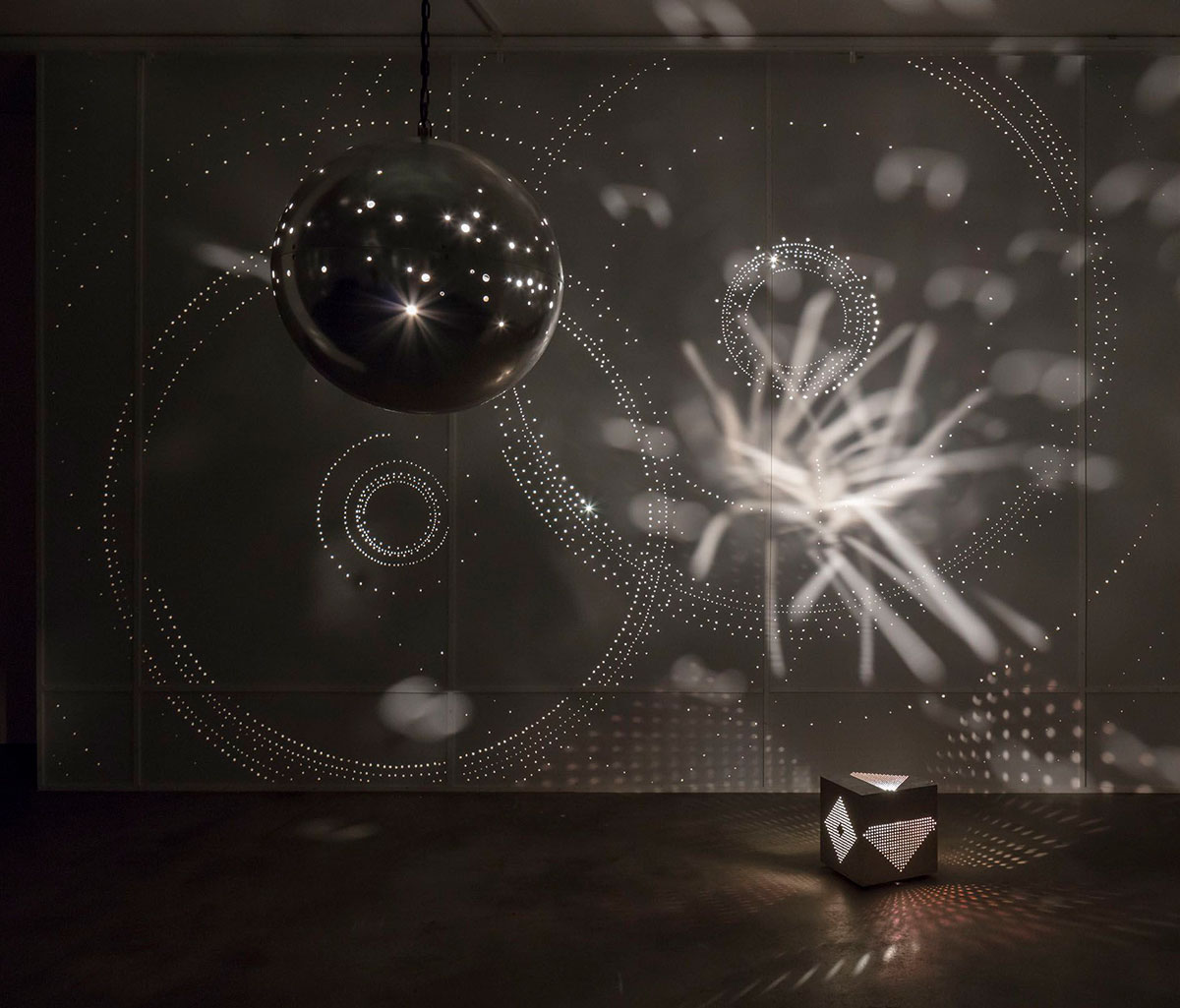
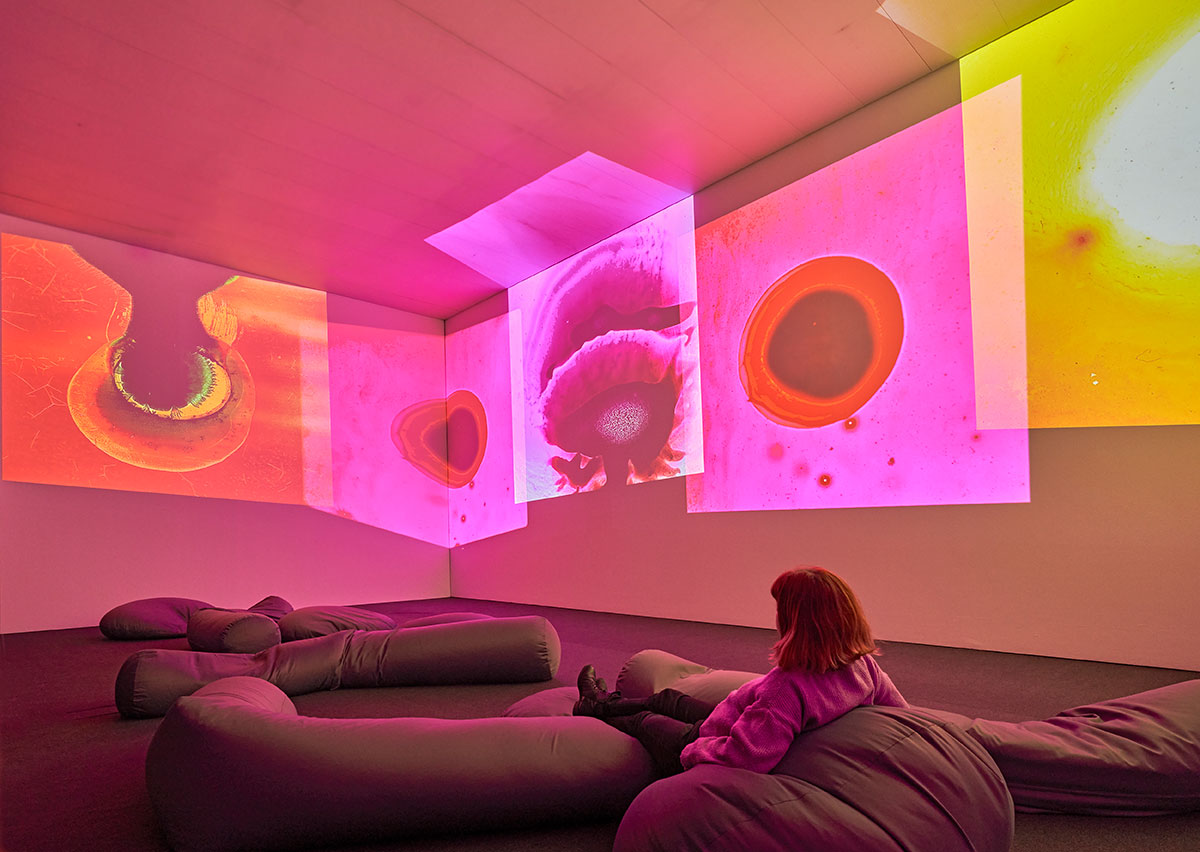
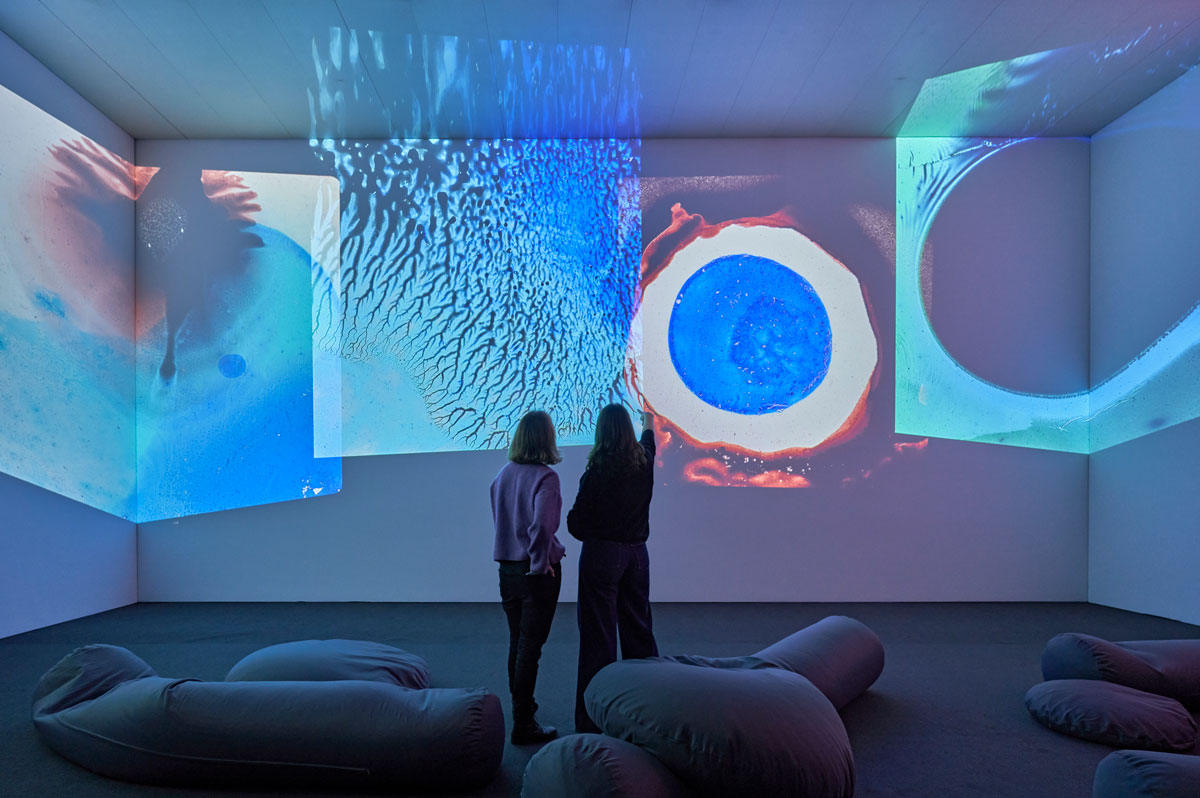
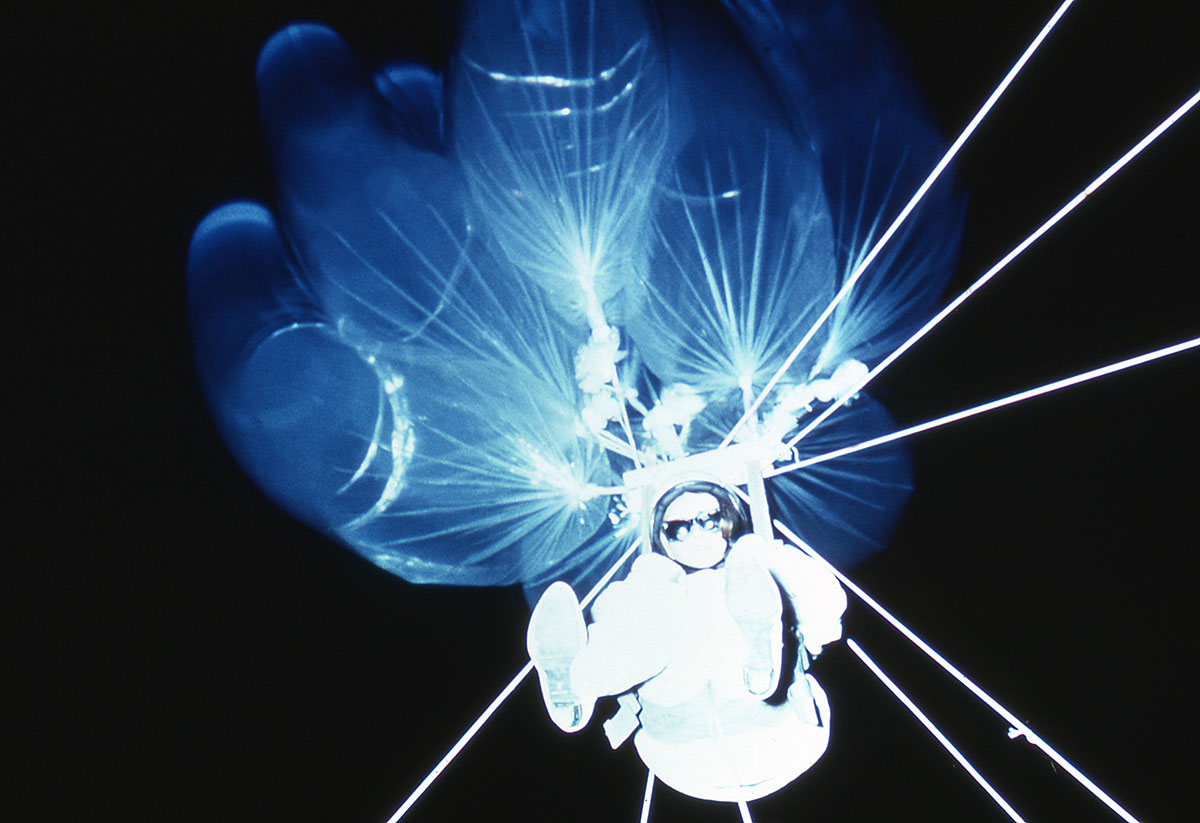
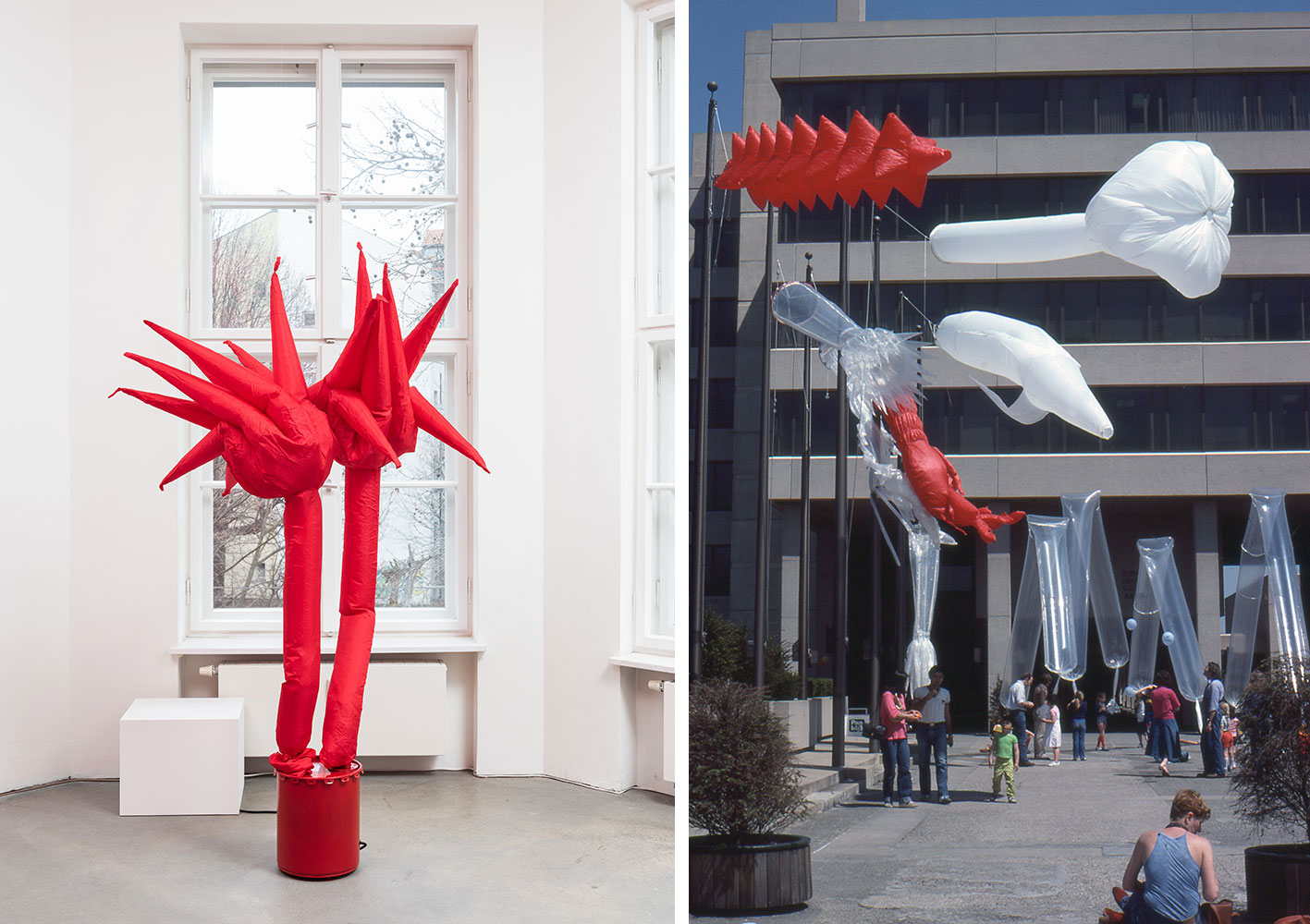
Right: Otto Piene, Wind Sock Sculptures, 1970, Installation view, Brookline Arts Center, Massachusetts, 3 May, 1980, © 2024 ProLitteris, Zurich: Otto Piene Estate Photo: Otto Piene archive;© Elizabeth Goldring
